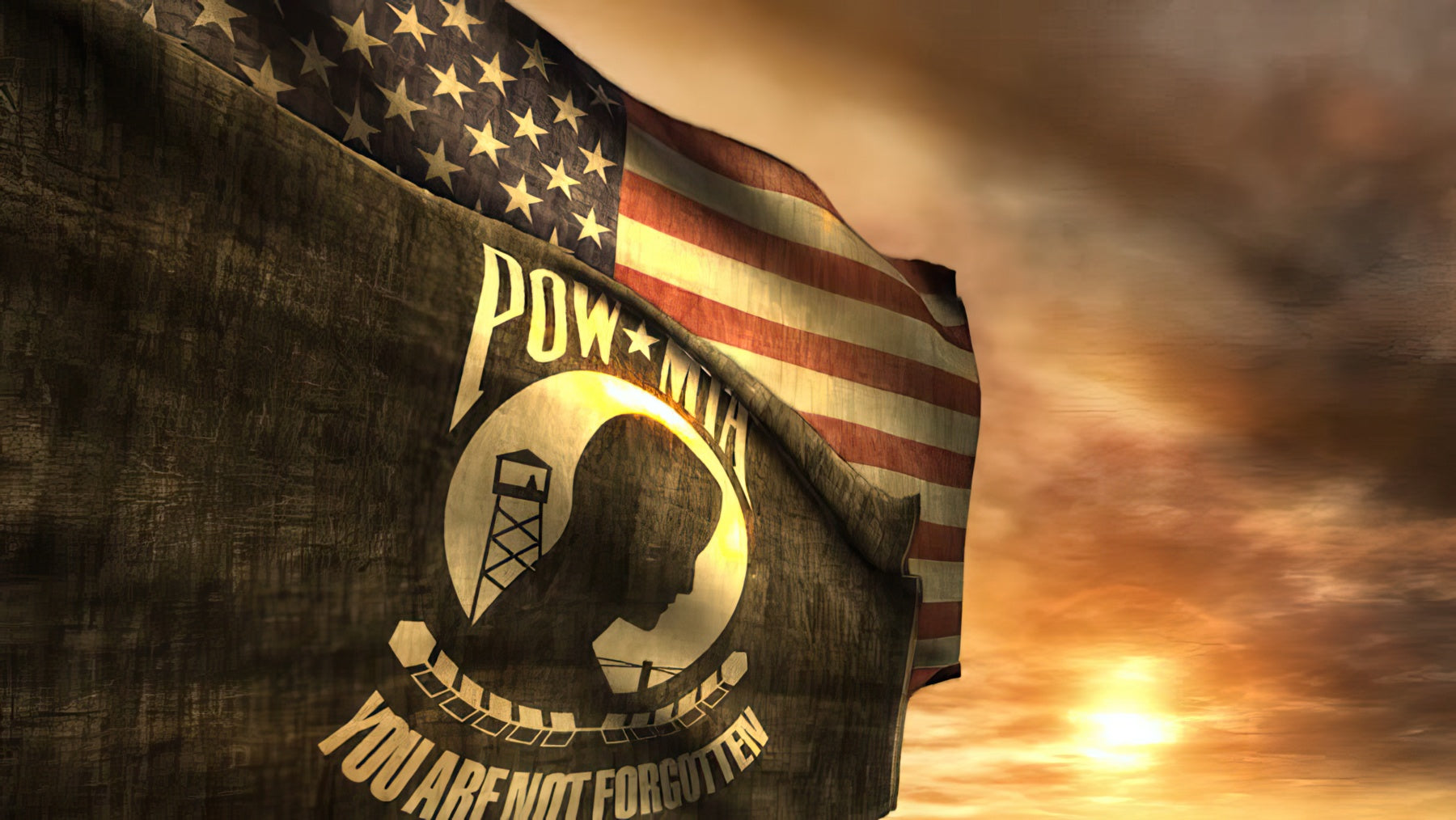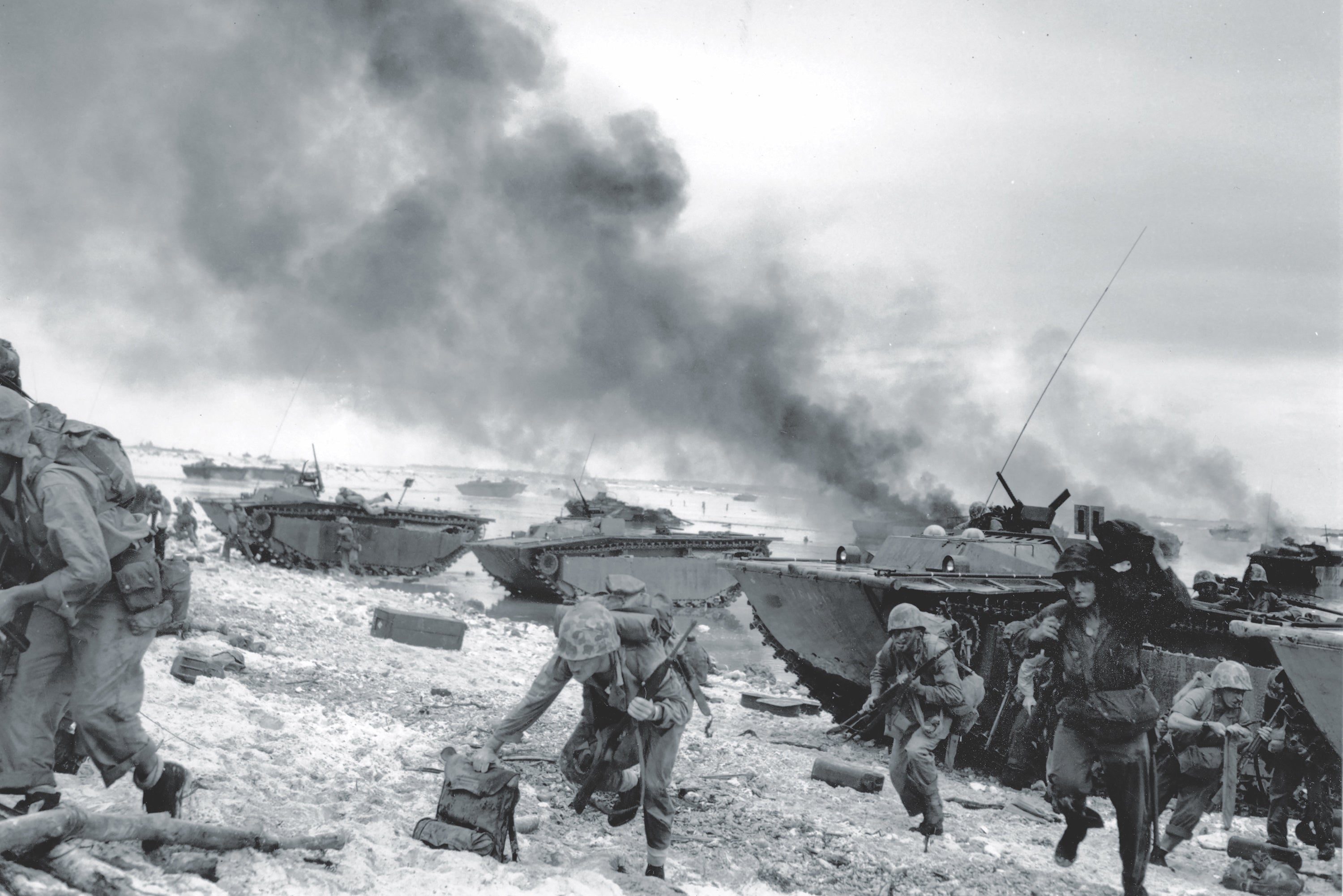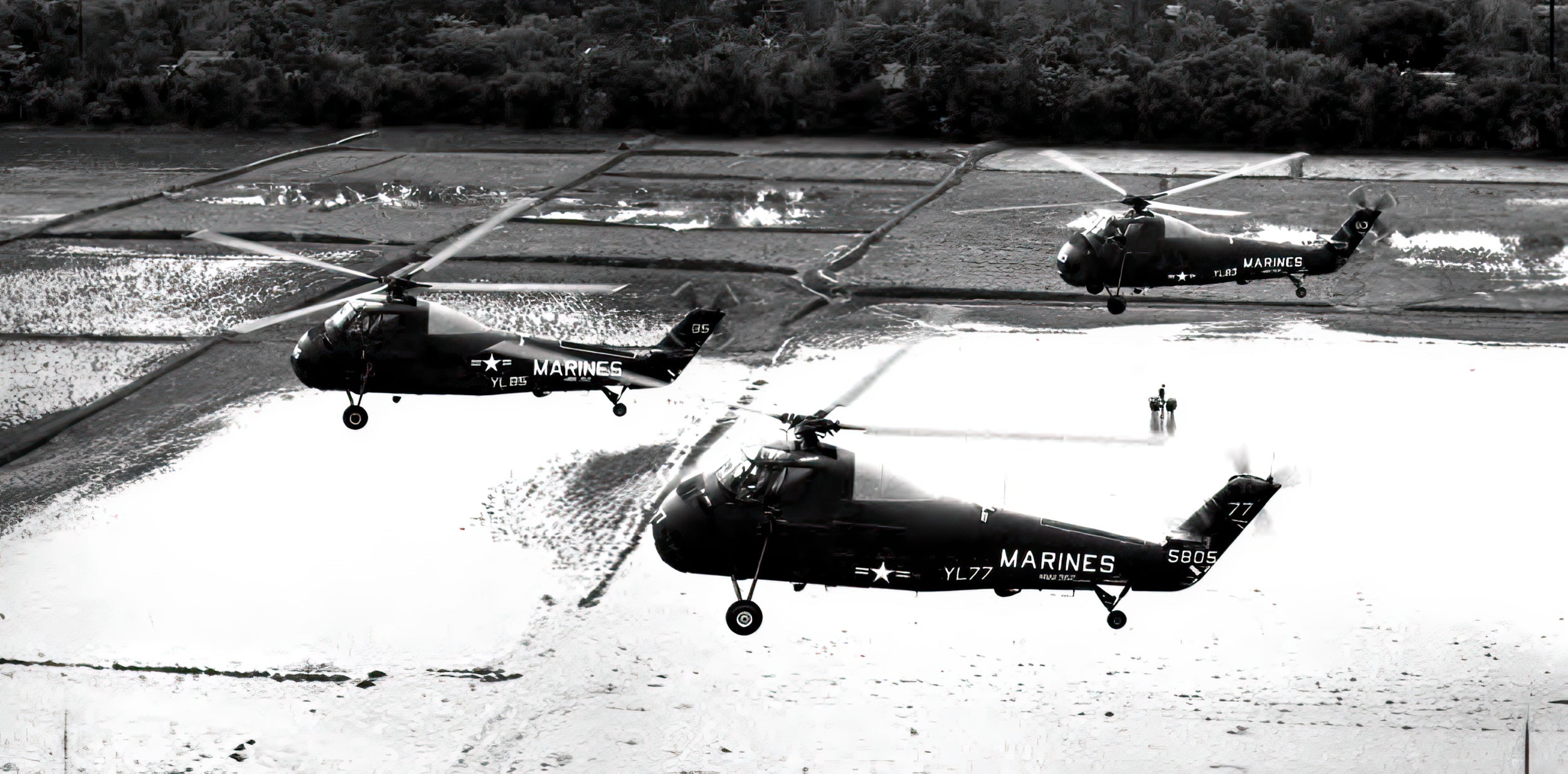
The Bataan Death March (History Notes)
The Bataan Death March was a brutal forced march of approximately 75,000 American and Filipino prisoners of war (POWs) by Japanese forces during World War II. It took place in the Philippines after the fall of the Bataan Peninsula to the Japanese in April 1942. The Bataan Death March is known for its severe physical and psychological hardships, resulting in the deaths of thousands of POWs.
Background: In December 1941, Japanese forces attacked the Philippines, which was then an American colony. After several months of intense fighting, the American and Filipino defenders on the Bataan Peninsula were overwhelmed and forced to surrender to the Japanese on April 9, 1942. The prisoners, both American and Filipino, were then subjected to a grueling march to POW camps.
The March: The Bataan Death March began on April 10, 1942, and lasted for several days, covering a distance of approximately 60 to 70 miles from Bataan to San Fernando. The POWs were subjected to harsh treatment, including physical abuse, torture, and killings by the Japanese captors. The POWs were forced to march under harsh tropical conditions, with little food, water, or medical care. Many were already weakened by malnutrition and disease from their time in the besieged Bataan Peninsula.
Conditions: The conditions during the Bataan Death March were horrendous. POWs were often denied food and water, and those who tried to drink from rivers or wells along the march were often beaten or killed. Many were bayoneted, shot, or otherwise brutally killed by Japanese soldiers. Those who could not keep up with the pace of the march were often beaten, bayoneted, or summarily executed. The extreme heat, exhaustion, and lack of medical care resulted in numerous deaths from dehydration, starvation, disease, and exhaustion.
Aftermath: The exact number of casualties during the Bataan Death March is not known, but estimates vary widely. It is believed that thousands of POWs died during the march or in the days following due to the harsh conditions and brutality inflicted upon them by the Japanese captors. Some estimates put the death toll at around 5,000 American and Filipino POWs.
Legacy: The Bataan Death March is remembered as one of the darkest chapters of World War II, symbolizing the inhumane treatment of POWs by the Japanese during the war. It is considered a war crime, and after the war, Japanese war criminals were prosecuted and convicted for their role in the Bataan Death March. The event is commemorated annually on April 9 as Bataan Memorial Death March Day in the United States, honoring the memory of the POWs who suffered and died during this horrific event.
The Bataan Death March is remembered as a tragic event that symbolizes the inhumane treatment of POWs during wartime.
In the United States, each year, April 9th is now observed as National Former Prisoner of War Recognition Day.

































